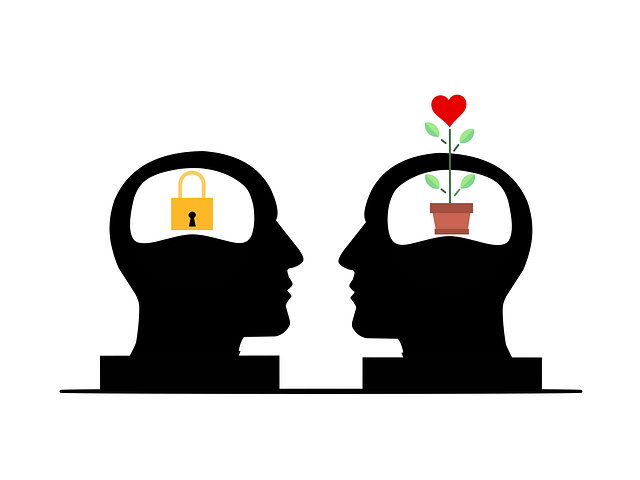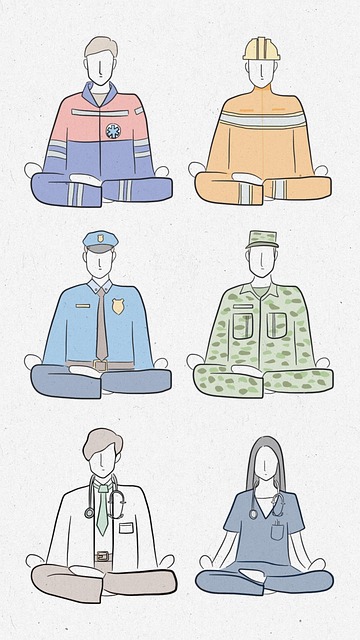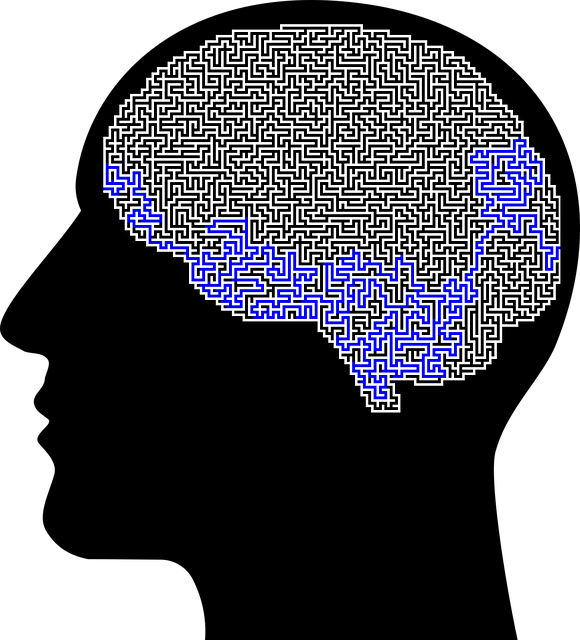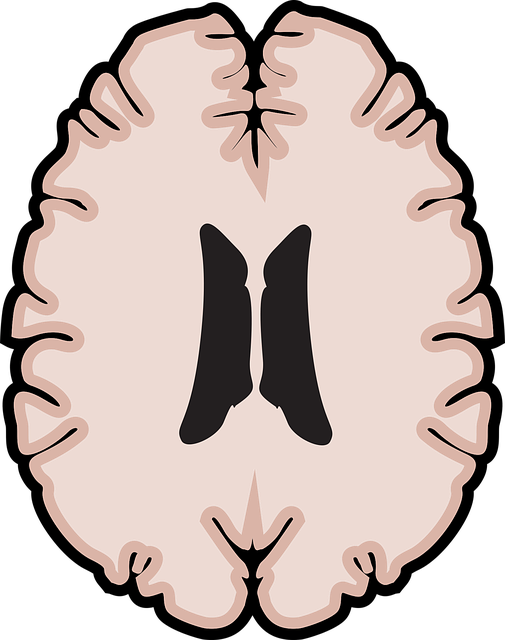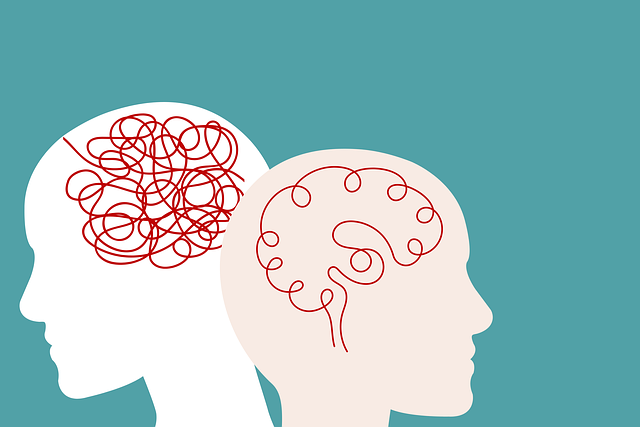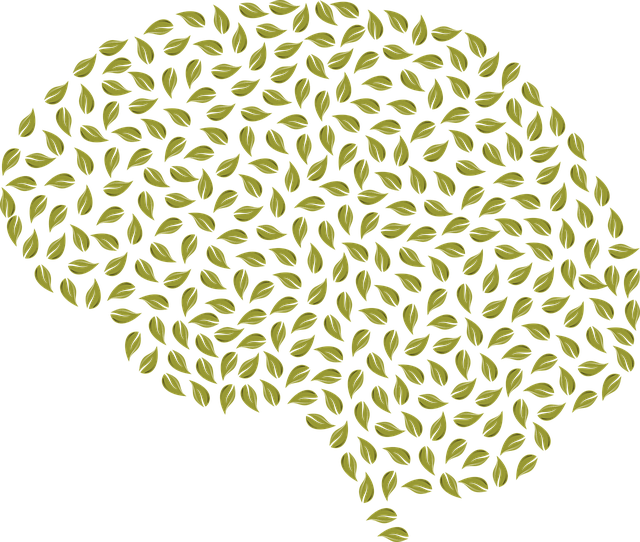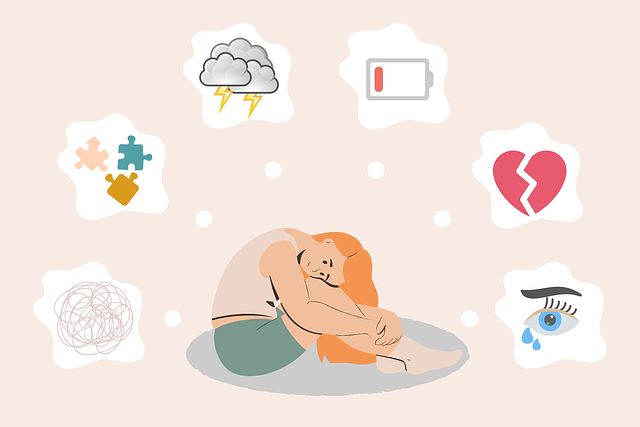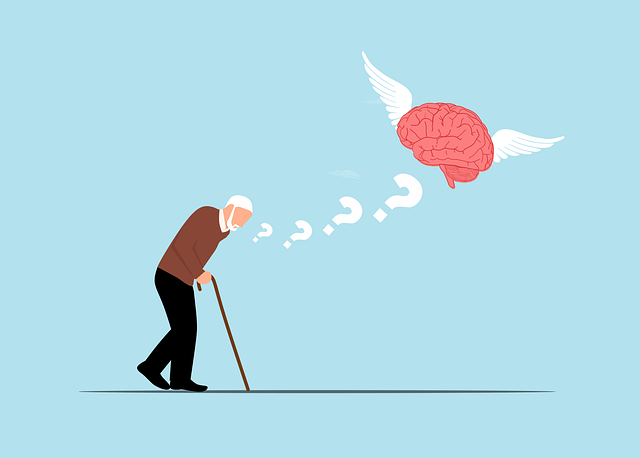Broomfield Adolescent and Teen Therapy (BAT) offers an evidence-based program combining cognitive-behavioral therapy, mindfulness, and family involvement to support adolescents' mental health. Using a blend of standardized questionnaires and qualitative methods, BAT evaluates its programs through pre/post assessments, community surveys, and youth interviews, focusing on anxiety, depression, stress management, cultural sensitivity, and prevention strategies. Feedback from clients and healthcare providers is actively incorporated for continuous improvement, ensuring tailored interventions and enhanced program success.
Mental wellness programs play a crucial role in shaping the future of our adolescents. This article delves into the evaluation methods used to assess the effectiveness of initiatives like Broomfield Adolescent and Teen Therapy. From assessment techniques utilizing advanced tools and metrics, to measuring success through tailored evaluations, stakeholder involvement is key. We explore parent, teacher, and peer perspectives, highlighting their vital contribution. Additionally, we discuss strategies for continuous improvement by leveraging feedback, ensuring these programs can be fine-tuned to better support young minds.
- Understanding Broomfield Adolescent and Teen Therapy: An Overview of the Program
- Assessment Techniques for Mental Wellness Programs: Tools and Metrics
- Measuring Success: Evaluation Methods for Adolescent Therapy
- Stakeholder Involvement: Parent, Teacher, and Peer Perspectives
- Continuous Improvement: Utilizing Feedback for Program Enhancement
Understanding Broomfield Adolescent and Teen Therapy: An Overview of the Program

Broomfield Adolescent and Teen Therapy (BAT) is a specialized program designed to support young individuals navigating mental health challenges. This evidence-based approach focuses on fostering resilience and promoting healthy coping mechanisms among adolescents and teens. BAT incorporates various therapeutic modalities, including cognitive-behavioral therapy, mindfulness practices, and family-involving strategies, tailored to meet the unique needs of each client.
The program prioritizes a safe and supportive environment, encouraging open communication and empathy building. Healthcare provider cultural competency training is an integral part of BAT, ensuring that therapists are equipped to address diverse cultural backgrounds and perspectives. Additionally, conflict resolution techniques are taught to help individuals manage interpersonal challenges effectively. Through group therapy sessions, individual counseling, and family workshops, BAT aims to empower teens with the skills necessary for personal growth and improved mental wellness.
Assessment Techniques for Mental Wellness Programs: Tools and Metrics

The evaluation of mental wellness programs involves a diverse range of assessment techniques to accurately gauge their effectiveness. One key tool is the use of standardized questionnaires and surveys designed to assess symptoms of common mental health disorders, such as anxiety and depression. These instruments often include validated scales that measure symptoms severity, quality of life impact, and treatment satisfaction. For instance, the Broomfield Adolescent and Teen Therapy program might employ tools like the Beck Depression Inventory (BDI) or the Anxiety Inventory to quantitatively track participant progress.
Additionally, qualitative methods such as interviews, focus groups, and case studies provide deeper insights into participants’ experiences. These techniques explore themes related to stress management, depression prevention, and cultural sensitivity in mental healthcare practice. By combining quantitative and qualitative data, mental wellness programs can gain a comprehensive understanding of their impact, identify areas for improvement, and tailor interventions to better serve diverse populations.
Measuring Success: Evaluation Methods for Adolescent Therapy

Evaluating the success of Broomfield Adolescent and Teen Therapy goes beyond simply tracking attendance or satisfaction rates. To truly measure impact, therapists employ a multi-faceted approach, incorporating both quantitative and qualitative data collection methods. This includes pre- and post-assessments to gauge changes in symptoms related to mental health disorders, such as anxiety and depression. By comparing these scores, therapists can objectively assess the effectiveness of individual therapy sessions or group programs designed for stress management.
Furthermore, community outreach program implementation is assessed through surveys distributed to participants’ families and caregivers. These tools capture insights into improvements in emotional well-being promotion techniques, help-seeking behaviors, and overall family dynamics. Qualitative interviews with adolescents provide deeper understanding of their experiences, allowing therapists to refine approaches and ensure programs remain relevant and beneficial for the target population.
Stakeholder Involvement: Parent, Teacher, and Peer Perspectives

Evaluating mental wellness programs requires a multifaceted approach, especially when considering various stakeholder perspectives. At Broomfield Adolescent and Teen Therapy, we recognize the importance of involving parents, teachers, and peers in the process to ensure comprehensive understanding and effective interventions. Parents often serve as the primary caregivers and advocates for their children’s mental health, providing valuable insights into daily routines, behaviors, and emotional changes. Teachers play a crucial role in identifying potential issues and facilitating support systems within the educational setting, while peer interactions can offer unique perspectives on social dynamics that impact an adolescent’s emotional well-being.
By integrating these diverse viewpoints, mental wellness coaching programs development becomes more tailored and responsive to individual needs. Encouraging open communication fosters an environment conducive to self-care routine development for better mental health. Moreover, it facilitates the identification of specific emotional healing processes required to address underlying challenges effectively. This collaborative approach ultimately strengthens support networks, enhancing the overall success of interventions aimed at promoting adolescents’ mental wellness.
Continuous Improvement: Utilizing Feedback for Program Enhancement

At Broomfield Adolescent and Teen Therapy, we understand that continuous improvement is a cornerstone of effective mental wellness programs. One of the key methods we employ to achieve this is by actively incorporating feedback from both clients and healthcare providers. This holistic approach allows us to refine our practices, ensuring they remain aligned with the evolving needs of our young clients and the latest advancements in emotional healing processes.
By fostering a culture of open dialogue, we encourage clients to share their experiences, highlighting aspects that resonate with them and areas where improvements can be made. Simultaneously, healthcare provider cultural competency training plays a vital role as it equips us with the skills to interpret feedback sensitively and adapt our compassion cultivation practices accordingly. This dynamic interaction not only enhances client satisfaction but also contributes to the overall success of our program.
Broomfield Adolescent and Teen Therapy’s success lies in its comprehensive evaluation methods, which include diverse stakeholder feedback. By utilizing assessment tools that measure mental wellness, program impact, and stakeholder satisfaction, the therapy program continuously improves its services. This evidence-based approach ensures that Broomfield Adolescent and Teen Therapy remains a game-changer in adolescent support, fostering continuous growth and positive outcomes for its young clients.
